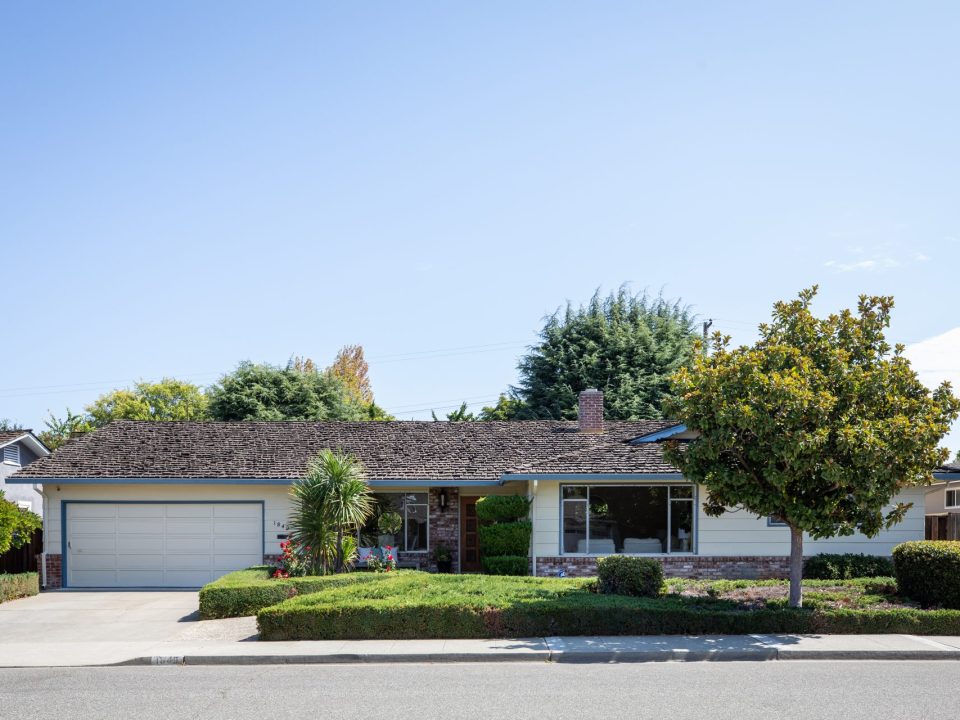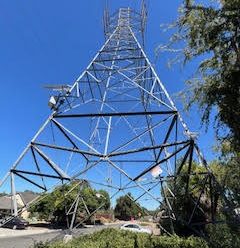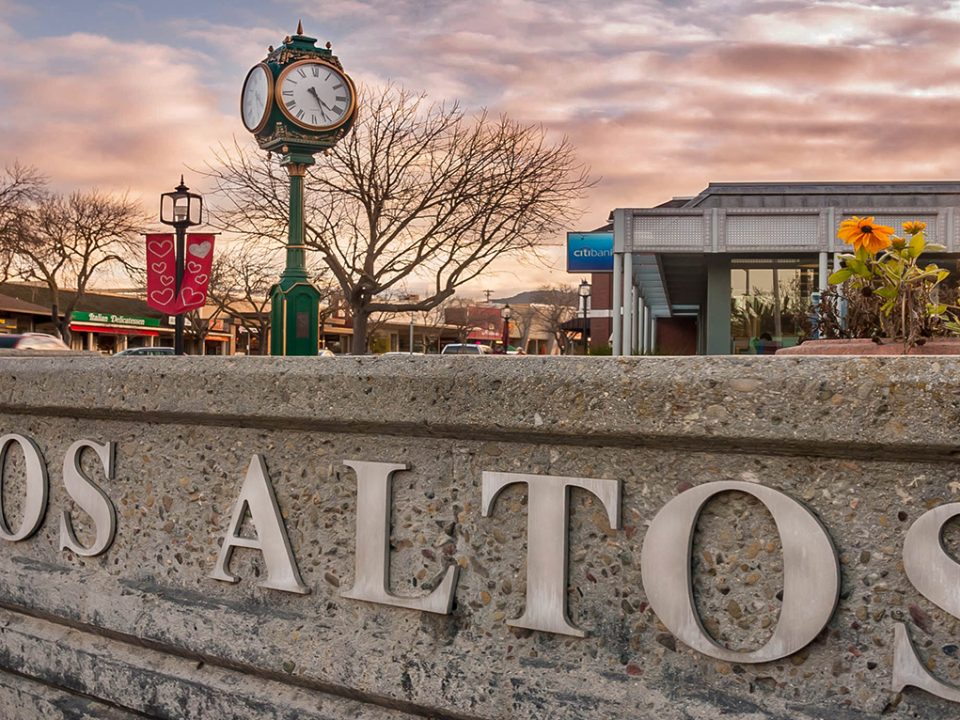Are People With Mortgage Debt in Excess of One Million Rich or Over Leveraged?
A recent New York Times article entitled “Biggest Defaulters on Mortgages Are the Rich” caught my attention because it implied that Los Altos residents were walking away from their high value mortgages en mass. While I can appreciate the author’s desire to write about an increase in high-end mortgage default levels (which there is), Los Altos is a poor example. Let’s get some local perspective.
As proof of the “huge” default rate of high-end mortgages in Los Altos, the author writes “In Los Altos, Los Altos Hills and the most expensive neighborhood in adjoining Mountain View, defaults in the first five months of this year edged up to 16, from 15 in the same period in 2009 and four in 2008.”
Additional “proof” comes in the form of an increase of the number of legal notices posted in the local newspaper (from 1 to 5). Holy cow Batman! Given this explosion of local high value defaults, I’m surprised that our local real estate market hasn’t imploded. Here is why it hasn’t.
Slightly more than 400 homes sell each year (according to our local MLS – data taken over the last 12 years). There are over 10,000 homes in Los Altos, Los Altos Hills and the most expensive neighborhood of Mountain View. A couple dozen defaults in any given year doesn’t describe a huge default problem, especially when many of these are cured and/or the property is sold before the property goes through foreclosure proceedings. If my math is correct, defaults are less than 4% of the 12 year average of homes sold in a year and less than 1/10th of one percent of all housing inventory available. Give me a break!
I also question the author’s definition of rich. I may be wrong, but I think he equates rich to the amount of debt one carries. I don’t think “rich” folks are those who leverage themselves to the hilt. Definitions like speculator, dreamer, or gambler come to mind, but not rich.
The truly rich are those who have a high net worth (assets minus liabilities). If I were to use Los Altos home buyers as a definition of rich, I would say that the rich are more prone to purchase real estate using a higher percentage of cash than the average home buyer. When they buy with higher percentages of cash down, they are more able to withstand a downturn in the market. Should they become unemployed, they are more likely to have enough equity to sell the property without the home going into foreclosure proceedings.
The author also writes:
“Whether it is their residence, a second home or a house bought as an investment, the rich have stopped paying the mortgage at a rate that greatly exceeds the rest of the population.”
and later:
“Though it is hard to prove, the CoreLogic data suggest that many of the well-to-do are purposely dumping their financially draining properties, just as they would any sour investment.”
Based on the above, one would logically conclude that the author provides solid data that supports this premise. I can’t speak for Orinda or the other areas mentioned in the article, but I have a pretty keen sense on what’s going on in my hometown. Let’s look at the five homes scheduled for the trustee’s sale (or at least the five that I think he is writing about).
- Bought in 2001 – Bought the home for lot value and built a new home, lived in it for 6 years, put on market to sell in July 2009. Ratified two contracts, both fell apart. Property currently listed for sale as a short sale.
- Bought in 2006 – as new construction – house is under contract as a short sale
- Bought in 1999 – remodeled, house put on the market in February 2008 – house is under contract as a short sale.
- Bought in 2005 – built large estate to sell. Property went into contract 3 times, but couldn’t close the transaction. There are rumors of litigation between the investors and builder.
- Home has been on and off market since October 2006. Currently an active listing. Bought late 2006 – new construction. Now a short sale listing.
Three homes were bought as investments with the intent to build and sell. They timed the market wrong and lost. The other two were home buyers who bought and over-leveraged themselves. All are trying to sell the property. Some will be successful and others won’t. But are these people purposefully dumping their financially draining properties? I’m not convinced.
What about the other 400 plus home buyers who bought homes in Los Altos and its surrounding areas in the last year, last two years etc., who aren’t. They have huge mortgages, yet they aren’t walking away. Why not write about them?
The New York Times should be writing about how home buyers who live in relatively affluent areas like Los Altos or Orinda continue to pay their mortgage payments despite a decrease in property values. One would think that it doesn’t make financial sense, yet they continue to keep their mortgages payments current.
A few may not be able to handle their mortgage obligations, fall behind and are forced to sell. But are their numbers truly out of the ordinary. I think not. But I guess a local prospective doesn’t sell newspapers nationally.
By the way, in this week’s addition of the Los Altos Town Crier, there were only 2 notices of defaults advertised. I guess that means that defaults on high value mortgages in Los Altos are down substantially. Hooray, our market is strong again!





